Part of the Macs Adventure team since 2010, Dan Greenwood is a passionate wildlife enthusiast, and a wealth of knowledge on the subject. To begin his blog series, he explains why you don’t need a trip-of-a-lifetime budget to go on safari…
4th May: I woke before the dawn and checked my rucksack. Binoculars? Check. Spotting scope and tripod? Check. Notepad and pen? Check. Mosquito repellent? Check!
Heading out along the path beneath tangled green foliage, the first rays of sun dappling the leaves and illuminating the trail, the chorus began. Descending fluting whistles, tuneful warbles, onomatopoeic ‘chiffs’ and ‘chaffs’, buzzing trills, and various ‘chacks’ and ‘hoooeeets’. But what was that noise, that urgent parting of the bushes coming in my direction? I was in my element; I was on safari once again.

On this one day I managed to see 73 species of birds within 24 hours, in an area where I have also seen 15 species of mammal, all while out walking. Where was this place of wildlife wonders, a national park in some far-flung corner of the globe perhaps? Let’s come back to that.
You don’t need to cross continents…
When one thinks of a safari, one generally immediately thinks of the vast savannahs of sub Saharan Africa. Clients don the appropriate khaki apparel and accompany well trained (and if on foot, well-armed) local guides in search the ‘Big 5’, the lion, leopard, rhinoceros, elephant, and buffalo or following the well-trodden migration routes of the wildebeest across the Serengeti.
Some folks track gorillas in humid mountain forests, seek out habituated chimpanzee groups, spotlight nocturnal hunters, or tick off endemic birds, butterflies, plants and flowers.

And, of course, the scope extends to other continents, perhaps involving watching tigers in the misty dawn of India’s Ranthambhore National Park, with a background soundtrack of peacocks and parakeets interspersed by the barking alarm calls of chital and langur. It can also refer to whale watching on the Pacific and Atlantic coasts of North America, silently waiting for bears in a hide in the Balkans, following wolves and lynx in the Baltic states, or looking for pug marks of puma in the shadow of the peaks of Torres del Paine.
I am a huge fan of such activities and have been most fortunate to have undertaken many of them with great success. You may also be interested to note that when I relay my experiences of meeting the mountain gorillas in the Virunga mountains of Uganda, I also wax lyrical about Ruwenzori three horned chameleons, and giant earthworms!

When I recount my adventures in Kenya, did I mention the civet cat watching from the shadows, or the eyes of the potto reflected in my torch light? What I am trying to say here is that while one may have a core species that is the focus of any trip, there is a fantastic supporting cast which can accentuate the whole wildlife experience.
However, the fun does not stop when I return home to the ‘wilds’ of Scotland, and indeed, whenever I have a day off, or am out on a long-distance trail, the same principles of a safari apply. The word ‘safari’, as you may know, translates from the Swahili word for ‘journey’. While native Swahili speakers have always used this for any trip taken from A to B, it entered common English usage in the mid-19th Century due to the exploits of British explorers and adventurers, and it became the accepted term for the pursuit of wildlife.
Having been most fortunate to grow up on the coast of South Wales, I was immersed in the delights of wildlife since a very young age and this passion has stayed with me to this day. I have learned that whenever I am out walking in the UK, or indeed anywhere in the world, I can always conduct a personal safari. In the UK, while we do not perhaps have the species that one associates with equatorial regions, we do have a lot of extremely interesting and indeed, dramatic fauna and flora and much of it can been encountered on walking holidays.
Where to Safari in Scotland
I shall start with Scotland and let’s take the Isle of Arran for example. Just one hour from Glasgow and you are boarding a ferry across to an island which is worlds away from the hustle and bustle of Scotland’s biggest city.

As soon as the ferry departs it is followed by the resident herring gulls, always on the look out for a free handout. Shags and cormorants diving for fish, or hanging their wings out to dry, become apparent as the ferry heads out from the protection of the harbour. Next come the gannets! With a wingspan of 2 metres (6.6 ft.), these are the largest seabirds of the north Atlantic and are notable for their explosive plunges from heights of up to 30 metres achieving speeds of 100km per hour (62mph) as they strike the water to seek out fish in the depths. Once you have locked on to this wildlife spectacle happening just off the stern or bows and will start to notice yet more natural splendour. Auks, both razorbills and guillemots, our own pied versions of penguins if you like (and yet ours can fly!), bob in rafts in the open water, frantically disappearing beneath the bow wave ahead of the advancing vessel. One looks slightly more ‘dumpy’ than the others, it’s a puffin, the veritable clown of the sea.

What was that rolling black blob? Ah, the porpoise, the smallest of the cetaceans (whales and dolphins), just breaching the surface. There it is again! Some are distinctly larger and are leaping clear of the water. These are bottle nosed dolphins and as these are not as common as the porpoises, this is a fortuitous sighting indeed.
The birds have cottoned on to the feeding antics of the cetaceans and are now all joining in with a feeding frenzy, the water boiling with fish and diving birds. Black birds with a white underside skim the waves on stiff wings, manx shearwaters, that winter off the coasts of South America, but have arrived to take advantage of the rich Summer pickings. If that wasn’t enough to whet the appetite for a spectacular wildlife experience, once ashore and walking the coast path route, you will note common seals perched on shoreline boulders with a distinctive ‘banana’ posture. Something smaller swirls through the kelp…an otter!
A large fin breaks the surface just offshore, followed by a slowly sweeping tail. Ah, only the second largest fish on earth, a basking shark, mouth agape on the search for its microscopic prey. While watching the antics of red squirrels in the roadside conifers, look up toward the lofty peaks in the north of Arran and you may be rewarded with the sight of a soaring golden eagle. What could be better? Well how about a red deer stag, standing resplendent with its antler finery held aloft against the mountain back drop. Just one example, of one location in the UK, with so much going for it!
Do you know that Scotland has its own ‘Big 5’? The red squirrel, red deer, golden eagle, otter and common seal. If I am correct you have just ticked these off with an incredible supporting cast.

I am just scratching the surface here, and there really is so much more to see. Head slightly further afield in Scotland, to Skye and the Hebrides and you can add enormous white-tailed sea eagles to your safari, plus the chance of minke whales and even orcas.
Head east to the ancient Caledonian pine forests of Speyside, while and while enjoying the vast array of single malts on the whisky trail, look and listen out for our own endemic Scottish crossbill, as it scissors away at pinecones with its distinctive bill. A soft bubbly trill reveals a diminutive crested tit, found only here in the UK. This is also the environment for the rufous red pine marten, that hunts these forests at night. Ospreys breed and feed on lochs and lochans, swooping down to rise aloft with their fish prey clasped in hooked talons.

I realise that as I wax lyrical, I have not yet travelled south of the border, but look out for my next post to help you extend your UK safari.
There is so much more to see across the UK and further afield, without entering the domain of the accepted ‘safari circuits’. Wherever you are in the world, the next time you step out, be it for a walk in the park or setting out on the first day of a long distance walk, make a point of noting all the wildlife you see and I guarantee that you will be most pleasantly surprised!
Oh yes, back to the start of this post. I was walking on the shores on Loch Lomond, that wonderful body of water on the West Highland Way. And what was that denizen of the dark that was heading relentlessly toward me? A roe deer stag? A fox? I am afraid that whatever it was got wind of me before I got the chance to see it. So, another excuse to head out on safari once again, just in case it comes back.










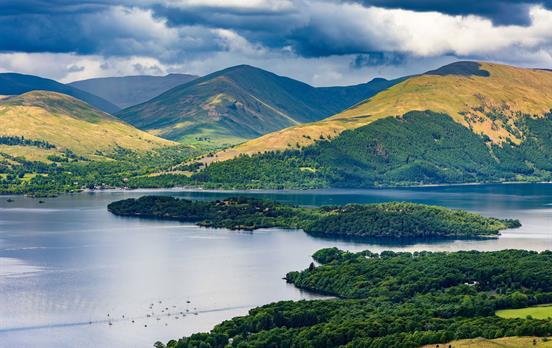

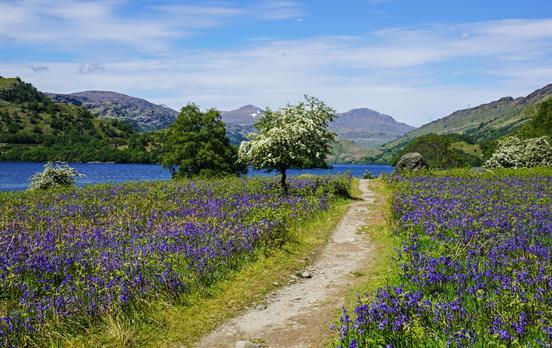






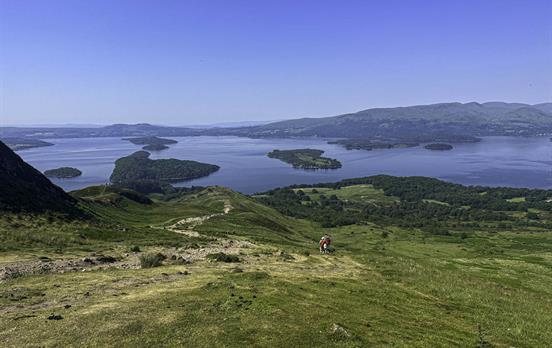

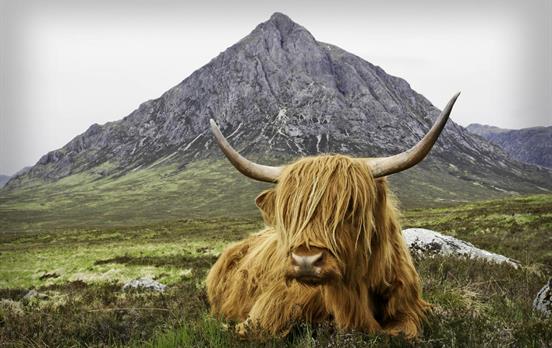
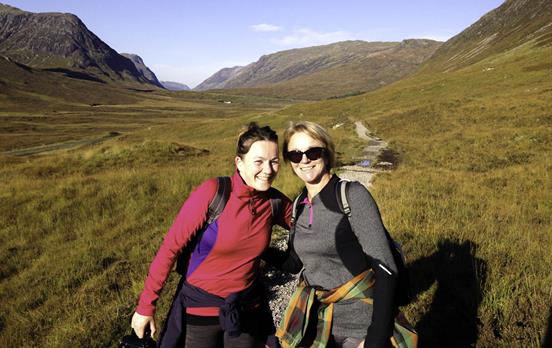
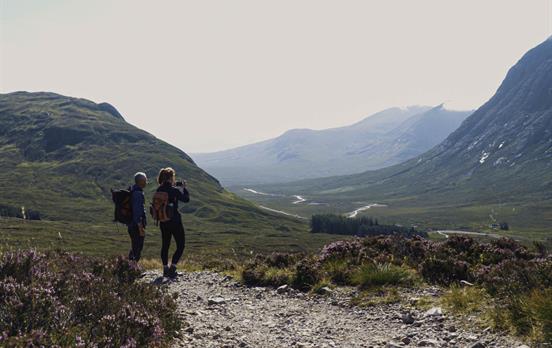
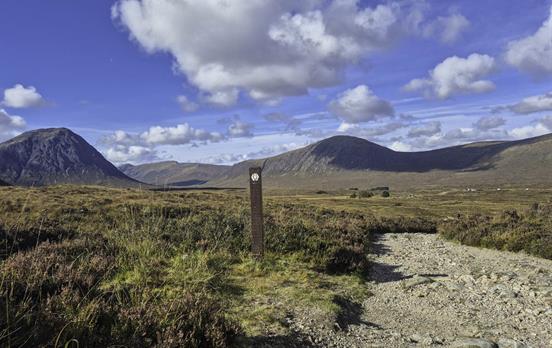
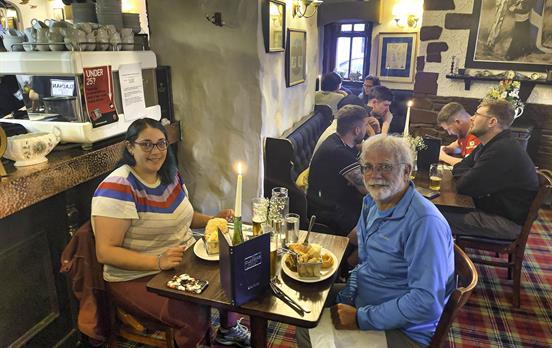
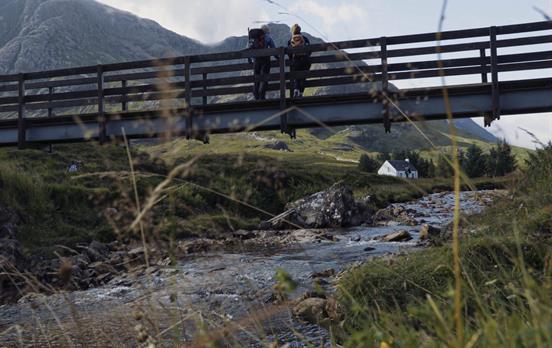
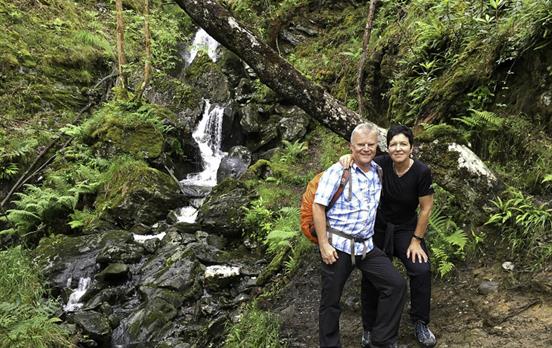

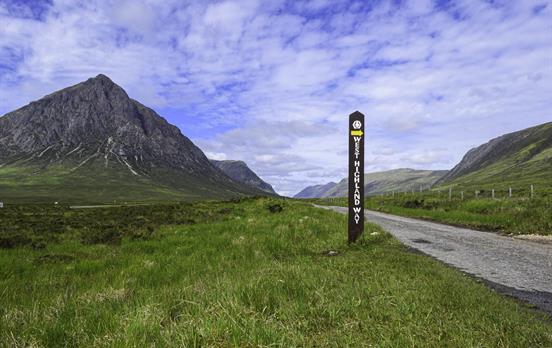
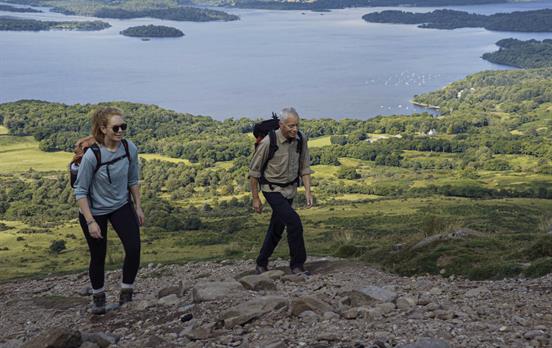
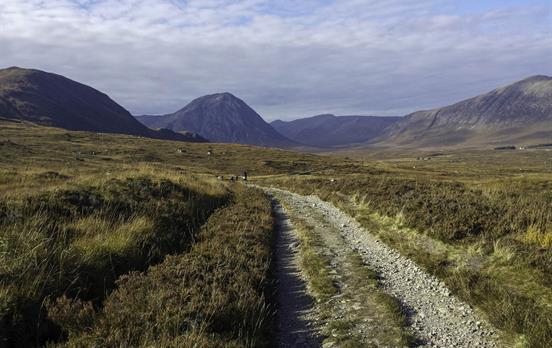






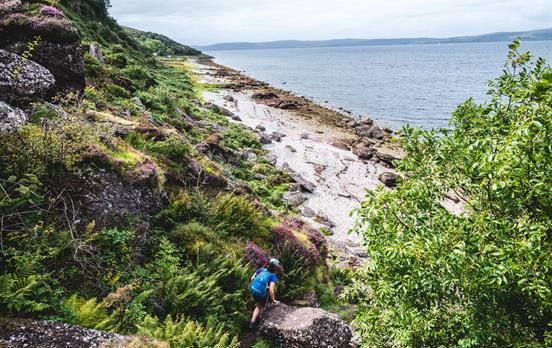
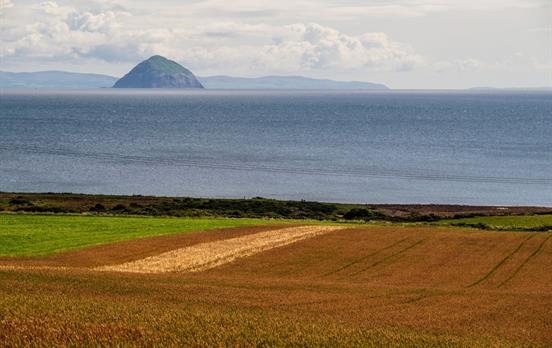
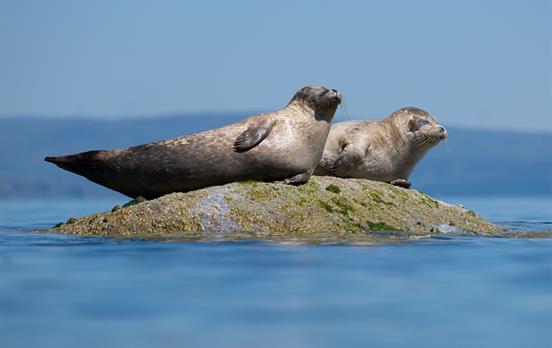

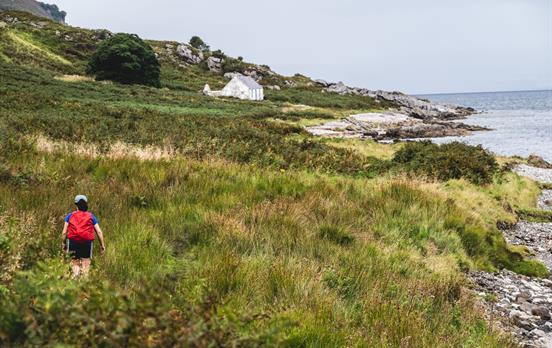

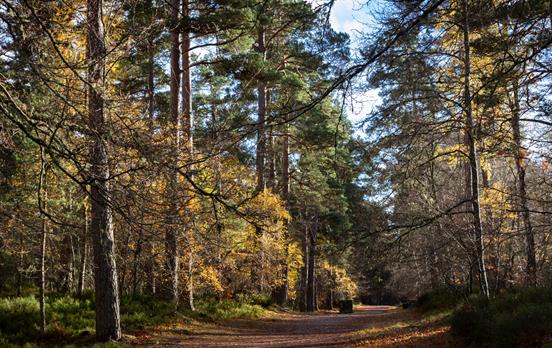





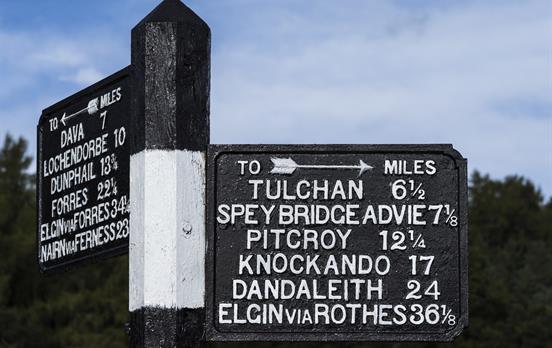


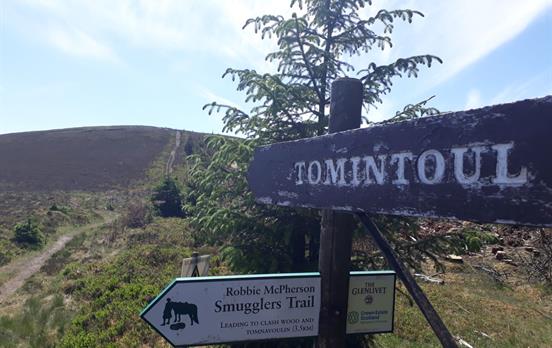





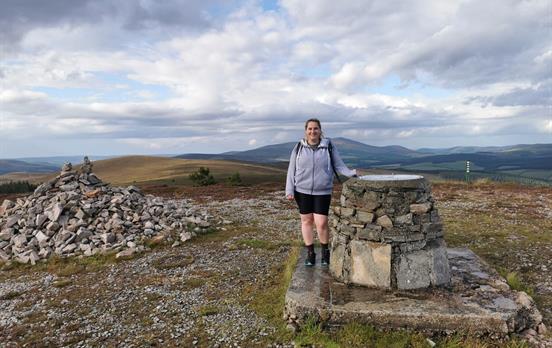



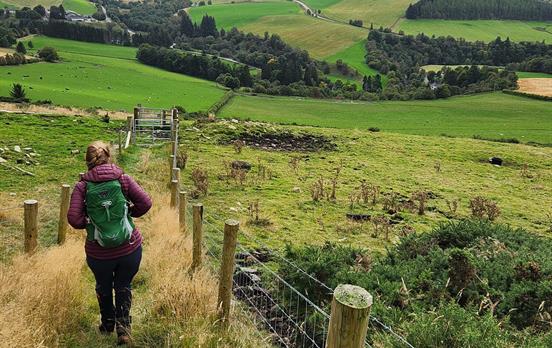



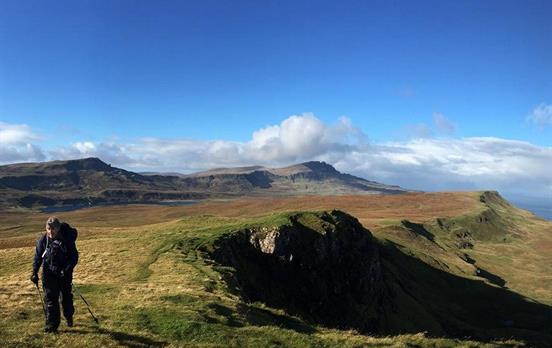

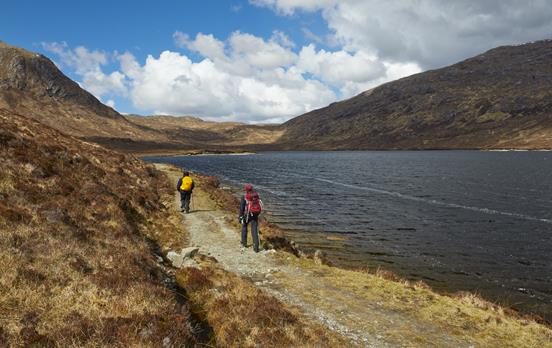
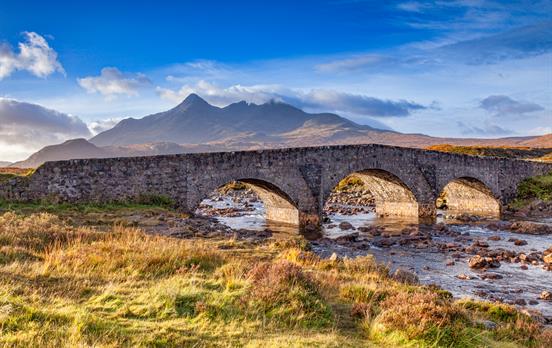
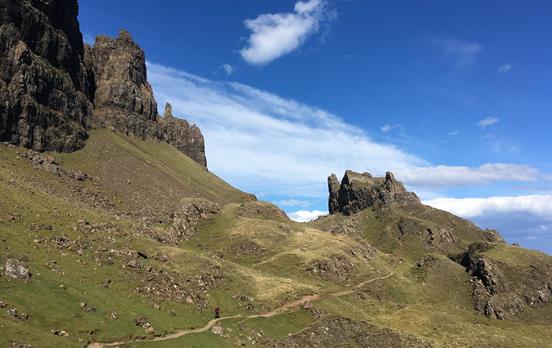
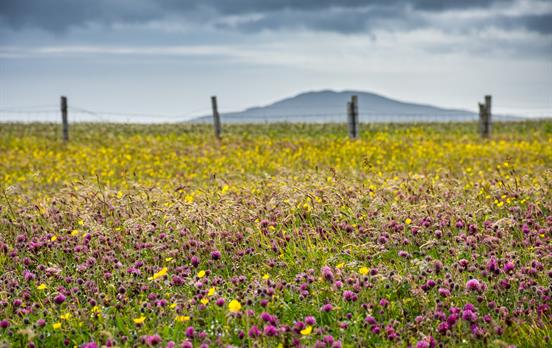
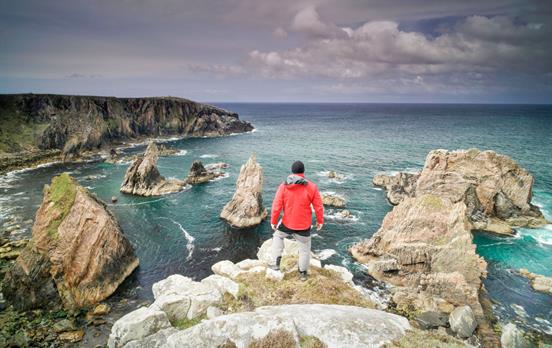


 Australia
Australia New Zealand
New Zealand South Africa
South Africa European Union
European Union